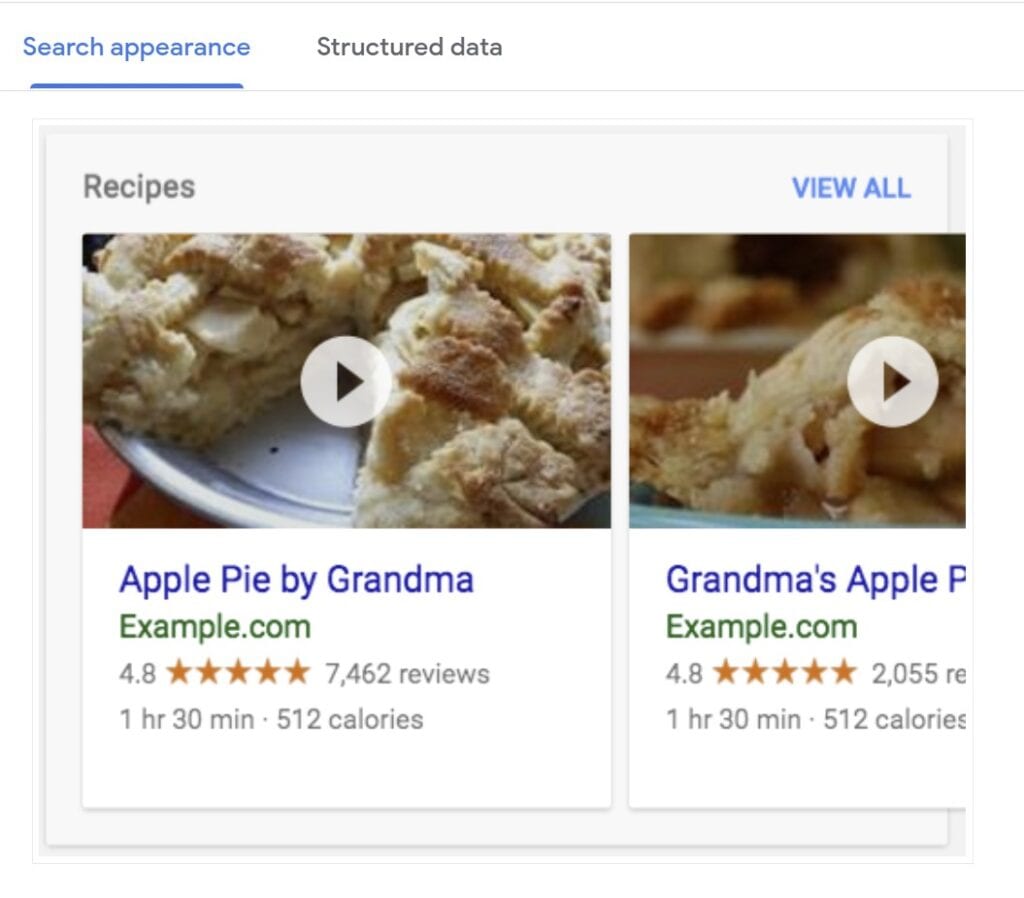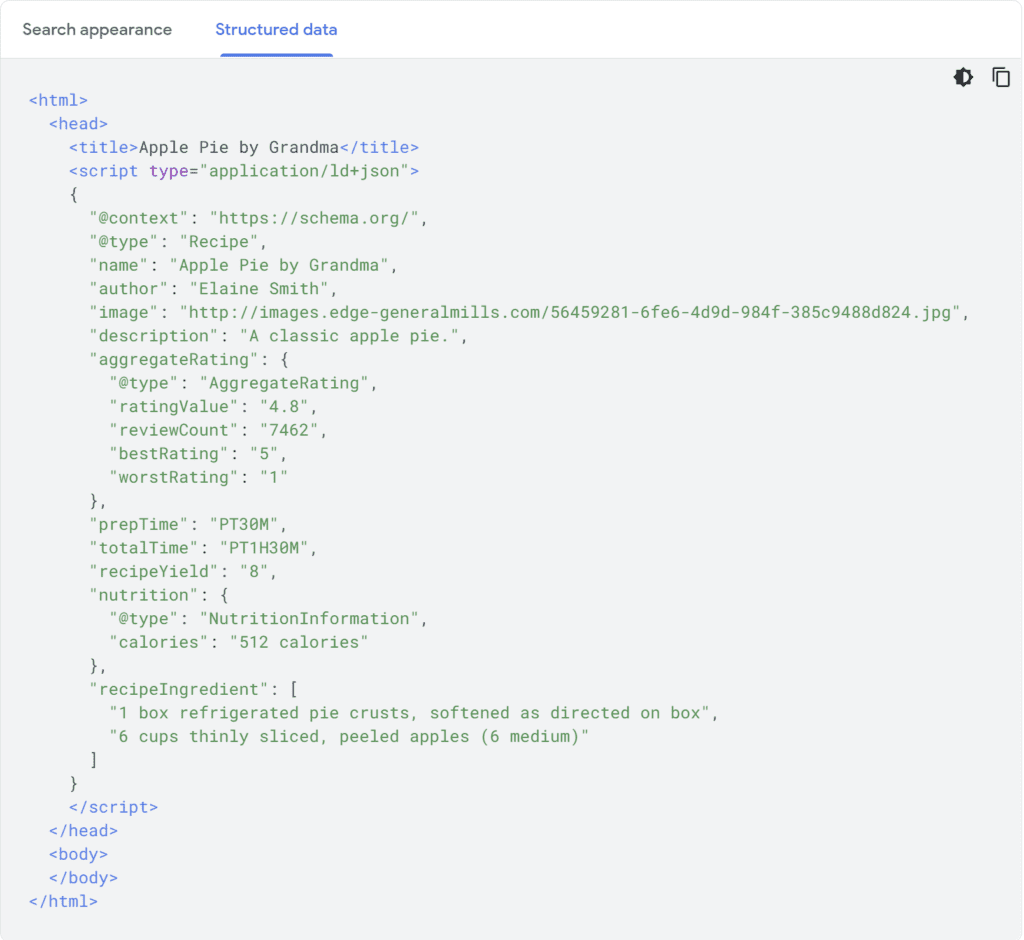Although schema markup and structured data aren’t the secret SEO sauce that guarantees ranking, checking to see if they’re present and correct is one of the steps of our website audits. In this installment of our series on website audit basics, we’re going to cover what structured data and schema markup are, and whether any of it is necessary for your digital marketing to succeed.
What is Structured Data?
Structured data is the framework for semantic search, which search engines (SEs) like Google and Bing use to give us the results we’re looking for. Semantic search is what helps the SEs understand your search query, even if it’s ambiguous.
For example, semantic search and structured data is why, when you search for “wraith of kahn” (which is misspelled and doesn’t have any other information surrounding it), you’re provided with rich results like those below.

Not only are you given a correct spelling, but you’re also given a sidebar navigation that takes you to various related searches, places you can watch the movie, the cast and more.
Did structured data make Wikipedia rank higher than anything else, or bring up the responses for “People also ask”? Not by itself, no. But it does provide the search engines with the meaning behind the search term, and thus the most relevant results.
What is Schema Markup?
Schema markup is one type of structured data. As such, it performs the duties of helping search engines understand your content. The brain child of search engines Google, Microsoft, Yahoo and Yandex, schema is a shared vocabulary to help create a more helpful, robust experience.
Schema allows for “rich snippets” to show up in the search results. You see rich snippets quite frequently if you commonly search for recipes. If you see a star rating, number of votes and the calories, you’re looking at rich snippets and some type of structured data markup.

How is Schema Markup Implemented?
There are three ways to add schema markup, and none of them are for the faint of heart. If you aren’t familiar with code, it’s best to have someone else do the implementation. Out of the three (microdata, RDFa and JSON-LD), JSON is the easiest, in our estimation. It requires much less messing around with the content.
Below is provided courtesy of Google’s structured data walkthrough as an example of what the code behind the rich snippets looks like. This code is JSON-LD, added between the HTML tags above the content. As you compare the structured data to the search appearance above, you can see how each part goes into creating the rich snippet, from the image to the rating to the prep time and more.

If your website is built on WordPress, there are a number of schema WordPress plugins that make implementation easier, including Yoast SEO, Rank Math, and Schema Pro, to name a few. Some paid, some free; it’s important to make sure the plugin you choose offers the schema that matches your site.
For example, if a plugin only provides schema for recipes, music and video, but you’re an SEO provider like us, that plugin isn’t going to do you much good. If you’re a local business, or offer professional services (law, landscaping, cleaning, etc.), you’ll want specific schema types.
You can find the whole list of types available on Schema.org, or you can use the structured data markup helper. There are numerous ways to go, so don’t hesitate to reach out for SEO consulting services to find out which is best for you.
Making Sure Your Schema Markup is Right
You don’t have to guess if you’ve done it right; there are ways to test your markup, including Google’s own structured data testing tool. Not only will it show if you’ve correctly implemented schema, but it will also show you opportunities to add more data items and further enrich your markup.
Is Schema Markup a Necessary Part of SEO and Content Marketing?
Adding schema and structured data to your website isn’t going to fix any problems with your marketing message. It doesn’t take your content marketing and turn it into content magic. In fact, if you have other things to do to tighten your website up, do those first. However, if you have the bandwidth, implementing schema is worth your time.
In the long run, schema markup helps search engines gather the meaning behind your web pages more quickly. This increases their understanding of which pages are relevant search results for what queries.
In turn, this helps them make connections that they might otherwise not make, such as in the example of the Knowledge Graph on Google. Here’s an example from one of our clients, who’s Knowledge Graph pulls in his bio, image, age, books he’s written and his LinkedIn profile.

Results such as those above for Dr. Schindler, or the recipes further towards the top, as well as results within Google for Amazon products, eBay products, anything on Google Shopping and more, increase click through rate. The more information available in the search results, the easier it is for searchers to make the decision to click (or not).
Conclusion
Is implementing schema markup worth it? We believe so. A lot of good things come out of strengthening the signals that say your site is about [topic], your business is [type of business], and you’re located [address]. Anything that makes it easier for search engines to pick up that information is a plus in our book.
Is it a top tier action? No, but if you’re looking for things to do while waiting on your SEO, PPC or content marketing plans to come to fruition, it’s not a waste of time. There are worse things you could spend your time on than boosting your signal.
Not sure what signals you’re sending the search engines? Reach out about our website optimization services. Over 20 years of marketing experience go into every SEO campaign we provide. We’ll get you on track.







































